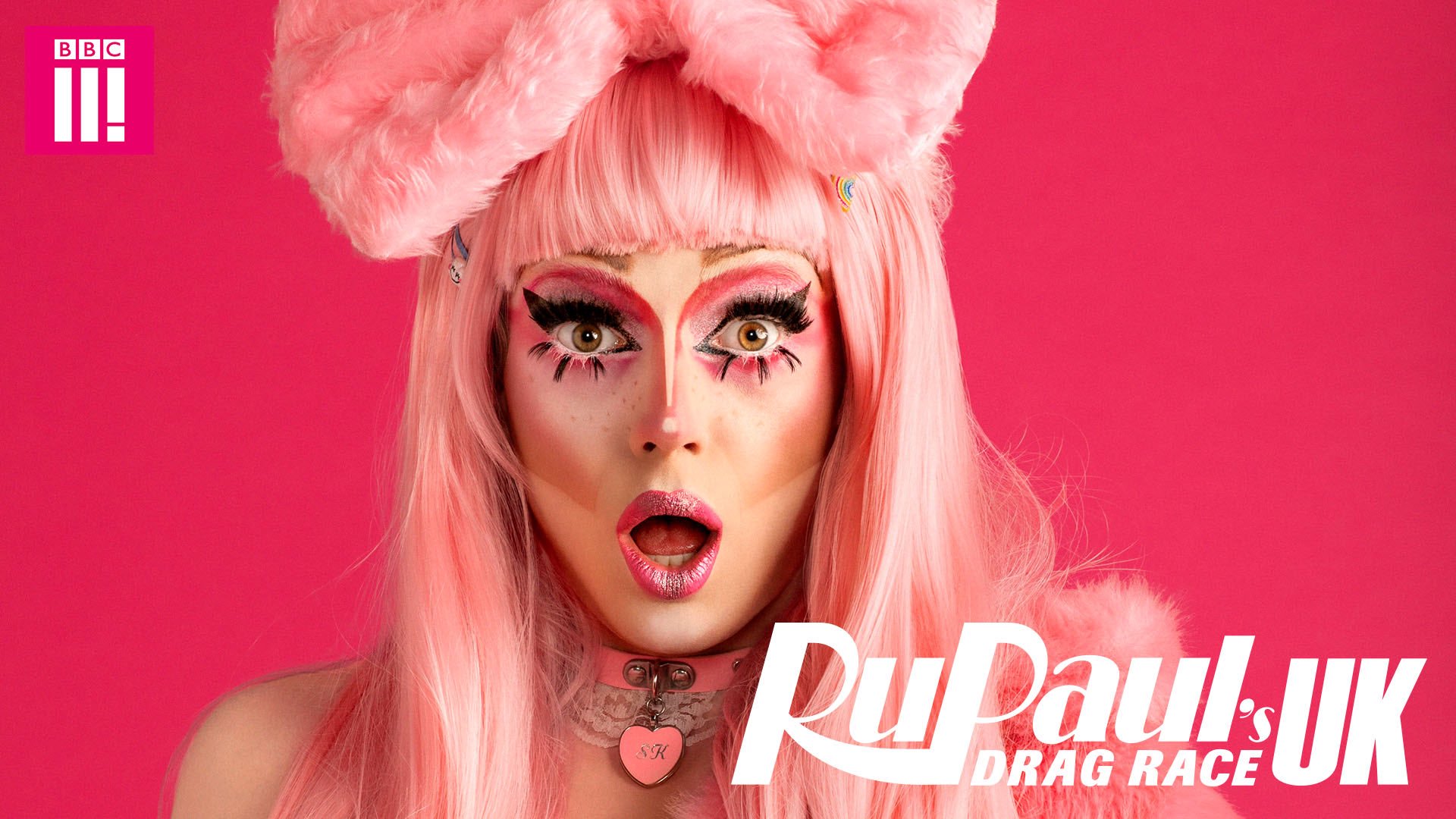
Life&Style Writer Ellie Jeffery discusses the importance of widening our perspective of drag culture
It’s no question as to whether Ru Paul’s Drag Race UK is popular or not. Everywhere I go, everyone seems to be debating whether Baga Chipz or Divina del Campo will make it to the title of the UK’s Next Drag Superstar. Even the two first eliminated queens are national names now. We’ve been waiting so long to see our country’s best drag talent celebrated on the silver screen (well, BBC iPlayer). I’m already eagerly awaiting Sum Ting Wong’s return to Birmingham.
“Scaredy made headlines by proudly saying that she wasn’t gay, and in fact, had a girlfriend
Surprisingly, this season’s big controversy comes from the youngest contestant, Scaredy-Kat, who is the tender age of twenty. She’s obviously found her calling in life, as her ‘baby drag’ looks are as gorgeous and polished as if she’d been in the game for a decade. Scaredy made headlines by proudly saying that she wasn’t gay, and in fact, had a girlfriend. As she identifies as a man out of drag, this confused many viewers. Drag is, typically, for gay men, especially in the cookie-cutter sense of the word.
Scaredy-Kat (the drag name for Sandy, who is originally from Wiltshire) is in fact bisexual, which actually isn’t addressed until the second episode. Perhaps more controversial though is that his girlfriend also does drag – and presents as a female in drag too (her name is Pussy-Kat).
“We’re moving towards a more accepting and open world, for people of different genders and sexualities
But let’s face it, does it really matter that these queens present a certain way out of drag and love certain people? Drag, whilst originally being specifically for gay men, has developed and matured over its time in the spotlight. So many of the American Drag Race queens identify as transgender; such as Peppermint and Gia Gunn, who have both competed on the show as transitioned women. Many more identify as non-binary and agender, such as Aja, Adore Delano, Season 5 winner Jinkx Monsoon and my personal favourite drag queen, Courtney Act (who also identifies as pansexual). There are even non-binary queens competing on Drag Race UK, like Blu Hydrangea.
This is 2019, and we’re moving towards a more accepting and open world, for people of different genders and sexualities. Drag, just like all other entertainment industries, needs to change and adapt. For bisexual people, including myself, it is rare to see ourselves represented on-screen. In Hollywood, people are either gay or straight, there are no awkward questions about gender and who we really love. Scaredy saying that his sexuality was his girlfriend really spoke to me. I’m in a committed relationship with a man, and yet my bisexuality, my ability to love multiple genders, is not erased. Scaredy is a perfect representation for this, and my heart goes out to her and her girlfriend, as I see myself so clearly in them.
“Drag is a beautiful and complex art form, and I don’t see why it should be limited to just the male gender
Drag is a beautiful and complex art form, and I don’t see why it should be limited to just the male gender. As previously stated, many transgender women continue to compete in drag even after they transition, so surely a person assigned female at birth should also be able to play a part in drag culture?
Scaredy-Kat has gone on record to BBC Three saying that she was worried about coming out as bisexual on the show, but every queen in the room immediately accepted her for who she was. And even if other people disagree, the people that really matter in this argument treat Scaredy as an equal.
Sexuality and gender shouldn’t segregate art.

Comments